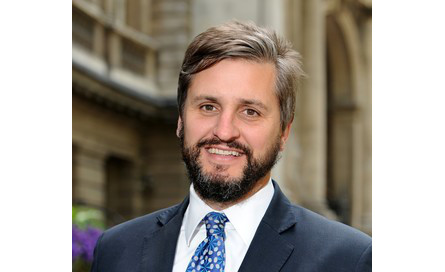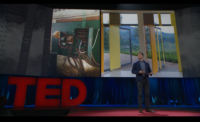
|
|
|
Architectural Record: How do you define a resilient city?
Michael Berkowitz: By “urban resilience,” we mean the ability of a city to survive disaster—and not just sudden disasters like earth- quakes, terrorism, or hazardous-materials accidents, but also chronic, slow-burn issues like fatigued transportation systems, high unemployment, or violence.
Cities are complex ecosystems with lots of different stakeholders, which makes it hard to organize themselves around challenges and opportunities. And, too often, cities don’t take advantage of solutions that are out there—best practices, funding, new technologies, and so on. They reinvent those solutions and do that at a high cost.
We provide the 100RC cities with four types of support to address challenges: a chief resilience officer (CRO), who is a single point of contact to connect the dots; technical assistance to complete a resilience strategy by looking at the city’s risks, capacity, and current efforts, and then setting goals; a platform of resources and partners; and a peer-to-peer network.
Tell me more about the responsibilities of chief resilience officers. What makes them effective?
On one side, the chief resilience officer’s job is to be a connector. Someone who’s political with a small P, who knows their way around both municipal government and key stakeholders in the city, to leverage all the work that’s going on. But that person can’t just be a connector—he or she has to have some technical chops so they can talk seriously to technicians as well. We want to revolutionize the way cities govern themselves, so that eventually you wouldn’t run a city without a chief resilience officer any more than you would without a chief of police.
What’s an example of a successful resiliency project?
Norfolk, Virginia, which is a midsize city on the mid-Atlantic coast and one of the most at-risk cities for sea-level rise, wanted to better understand its risk profile and its opportunities for economic development. They brought in one of our partners called Palantir, a big data-analytics firm, to help them look at building-code violations, flood damage, and owner and operator information. It gave them a much clearer picture of where the most at-risk properties were and which owners were most delinquent in addressing those risks. It’s a good example of how cities are beginning to look cross-sectionally in a way that’s meaningful.
The American Institute of Architects (AIA) is one of your partner organizations. How does it work with cities?
The built environment is clearly an important aspect of resilience. Buildings that are built strong don’t fall down during flooding or earthquakes. Buildings that are built efficiently use less energy, create less air pollution, and so on. Many of our cities want to improve the built environment. The AIA provides access to their network of architects, and to model building codes and best practices around the built environment, so that when cities identify what they need in that area, we can bring the AIA in.
The first round of funding chose 32 cities, and the second 35. Will this third round that’s closing in November be the last?
This will be the last big round. We have 67 in the network now, and we may finish out with the last 33 or save a few for one-off announcements.
There will be 100 cities in our network, but there are 10,000 cities in the world. Whether or not there will be more funding remains to be seen, but we’re hoping that it doesn’t just stop at 100. We’re trying to inspire change in all 10,000 of those cities, to catalyze a movement of how cities govern themselves and account for a changing world’s uncertainties. What we’re hoping is that each city will see itself in one of the 100 and understand what it takes to change.




